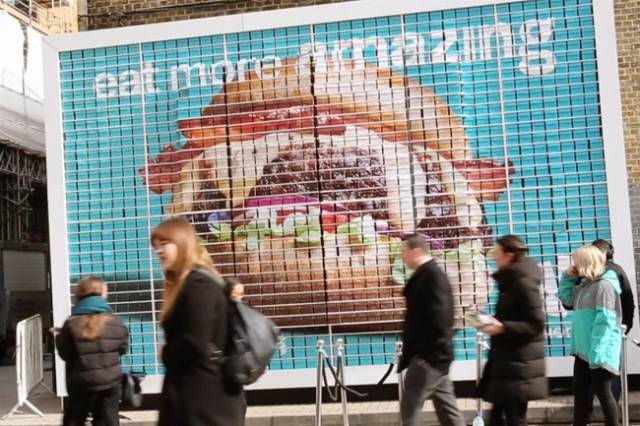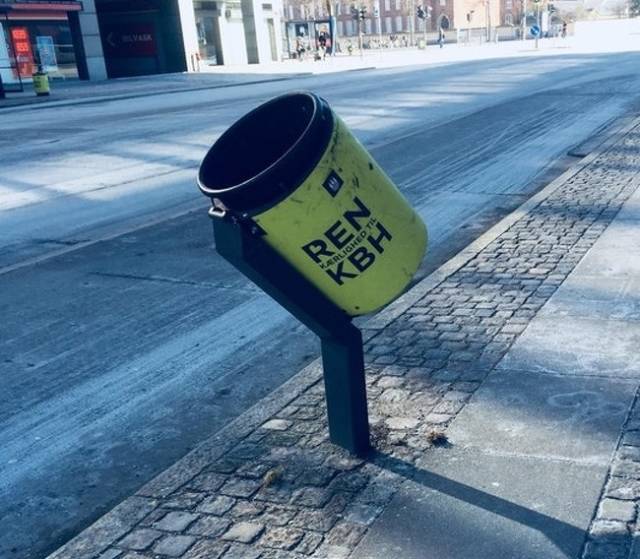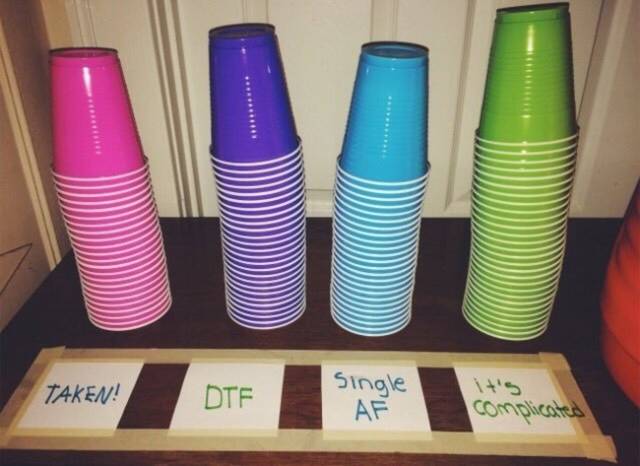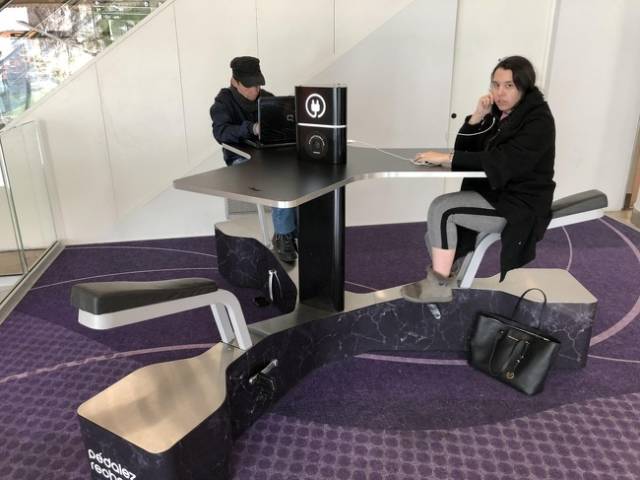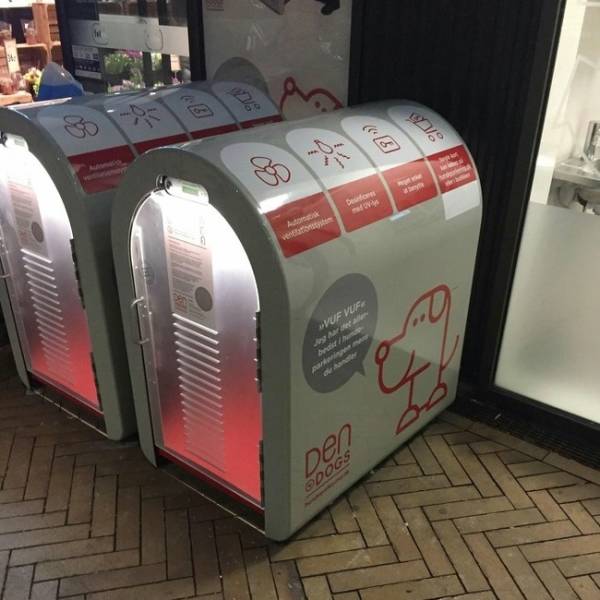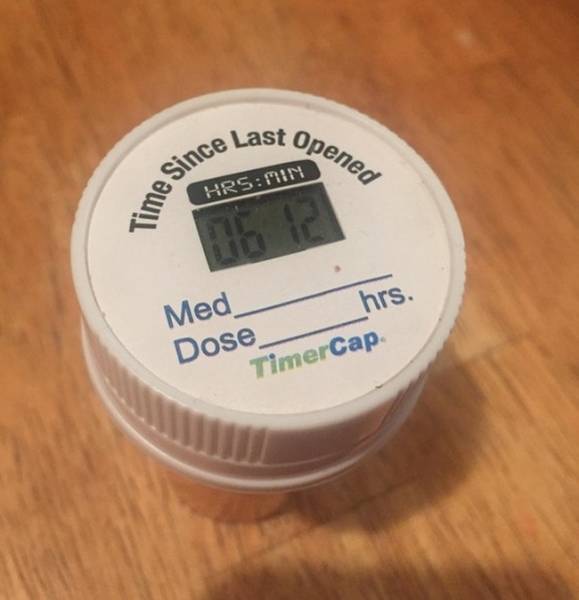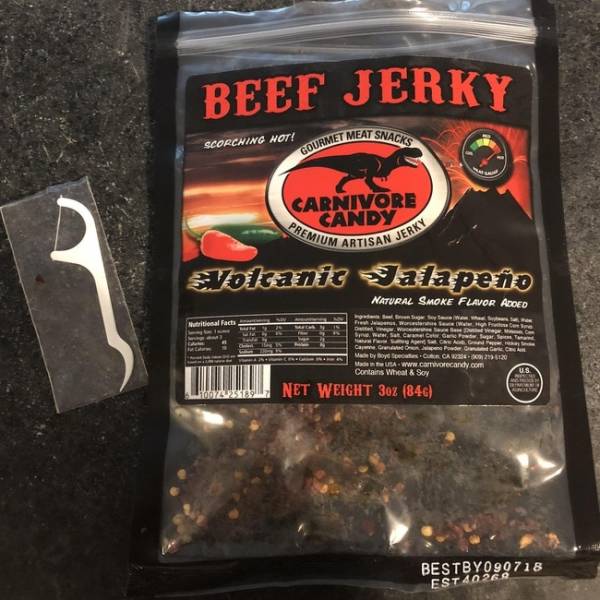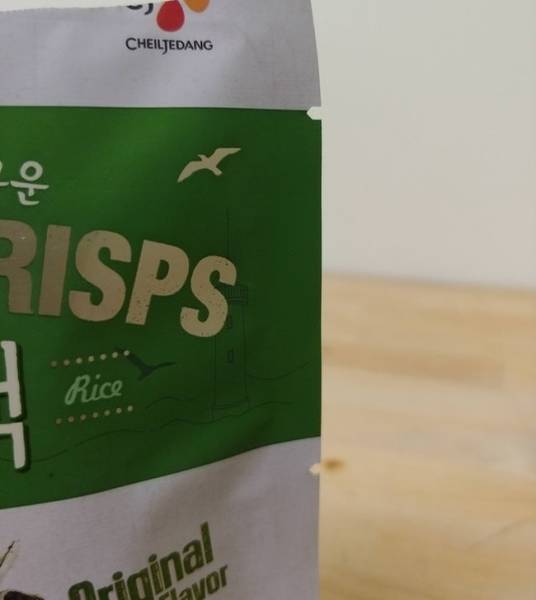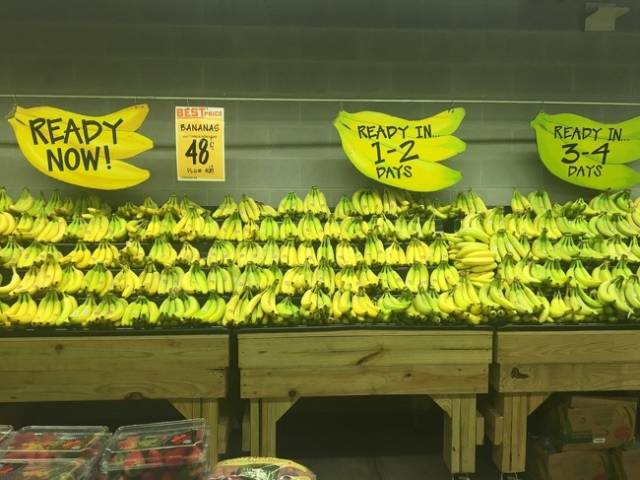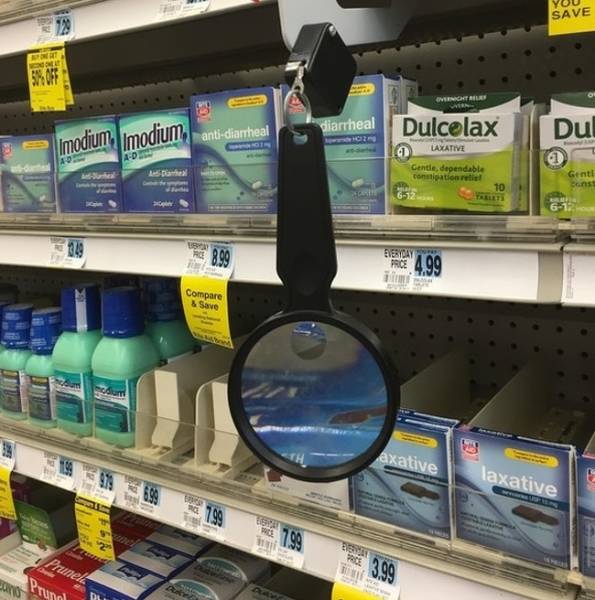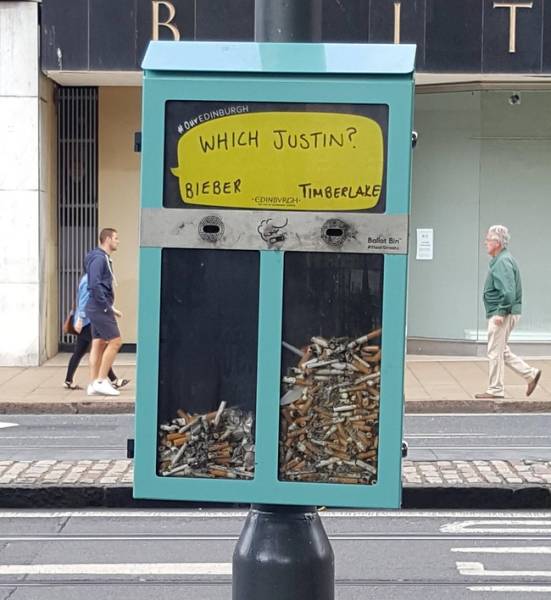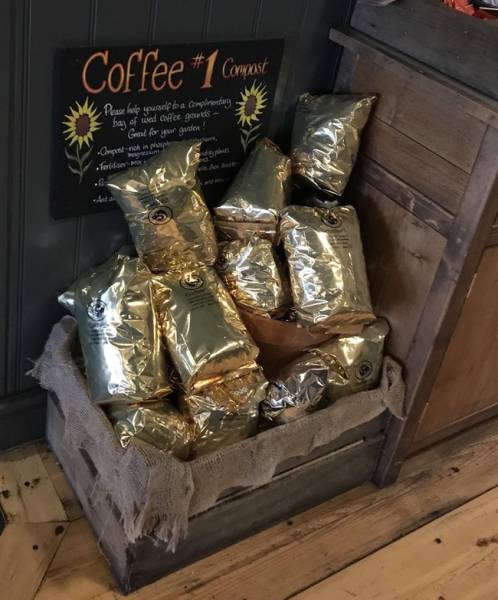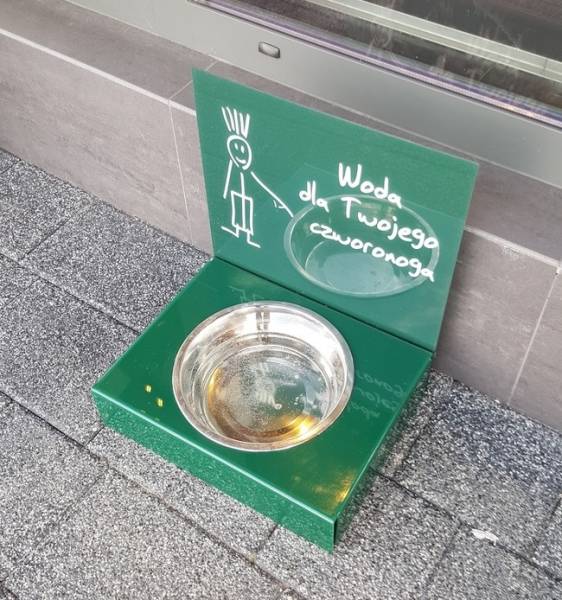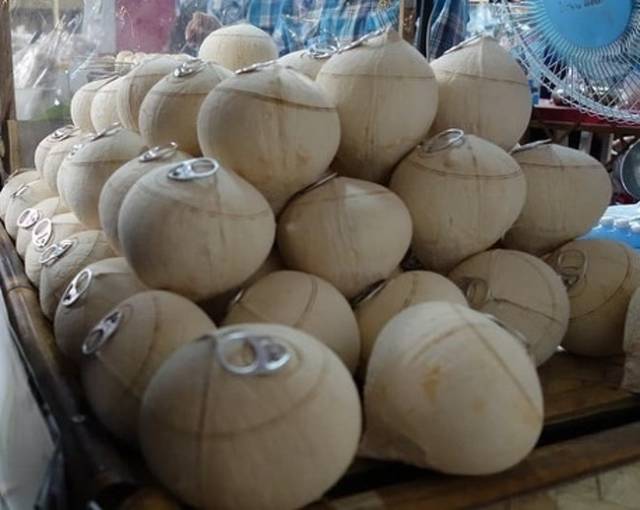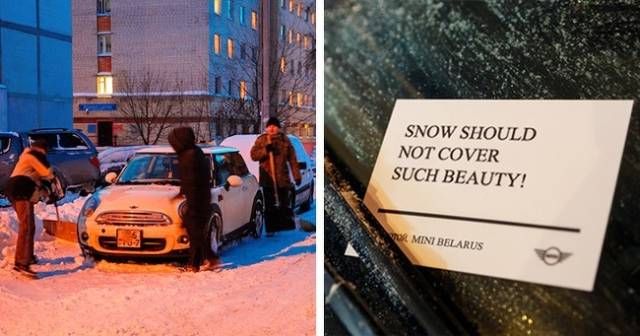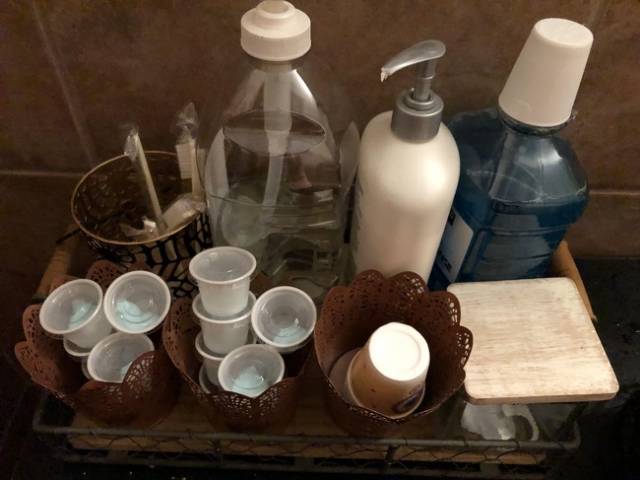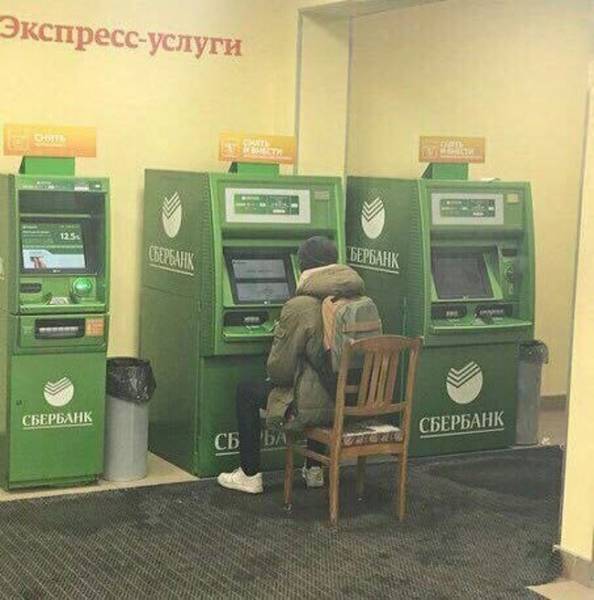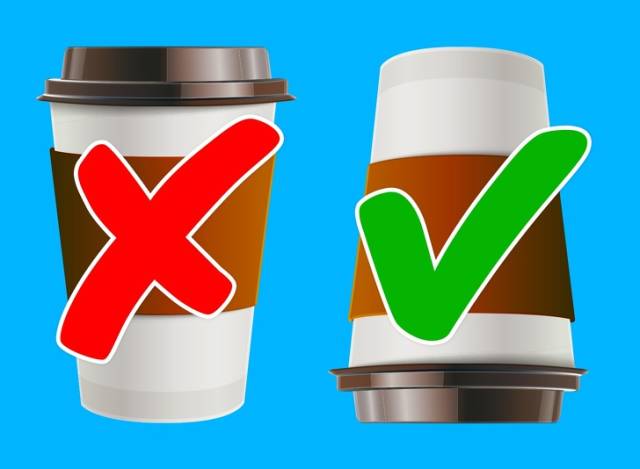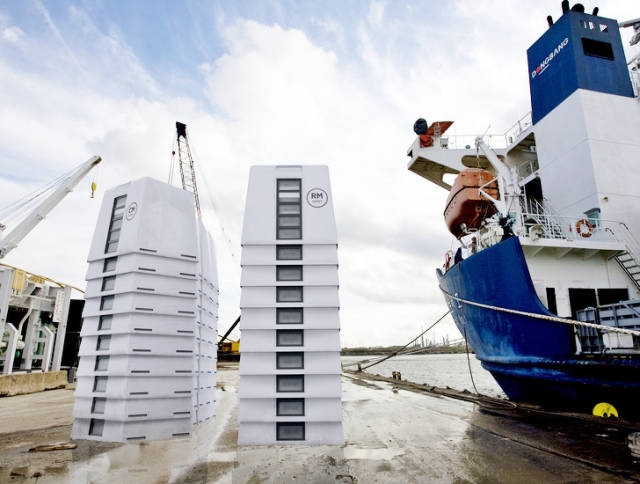This billboard is made of 2,000 cheeseburgers that anyone can take for free.
“Trash bins in Copenhagen are angled so cyclists can toss their trash while biking.”
Choose a cup and let everyone know about your current status.
This is a phone charging station where you can pedal to get power.
This dressing room has labeled hooks to help you separate your clothes.
“The back side of my newspaper has two printed pattern pages that can be used to wrap presents.”
Doghouses near a supermarket in Copenhagen
There’s a special place for your pet in this supermarket cart.
This pill bottle lid tells you when you last opened it.
There’s a toothpick inside this bag of jerky snacks.
This bag of chips has two perforations so you can open it more the further down you eat.
These bananas are sorted by how ripe they are at the moment.
This vending machine accepts plastic bottles instead of money as payment.
This pharmacy has a magnifying glass so people can read medicine labels more easily.
Who would you vote for?
This local coffee shop gives away free compost made from their used coffee grounds.
This pizza place has a display with all their pizza sizes and how large they are compared to each other.
A cafe in Poland provides its guests with water for their pets.
These coconuts have soda can pull-tabs.
A mini importer in Belarus cleared the cars of snow during the night. The owners were surprised.
In this restaurant, you can brush your teeth, use mouthwash and even moisturize your skin.
This is what we call customer service!
Bonus: emergency shelters inspired by a plastic coffee cup
In the aftermath of the hurricanes and numerous natural disasters, Michael McDaniel came up with an idea to design housing for disaster relief zones that were inexpensive, easy to transport, and even beautiful. His company created a prototype of the Reaction Housing System which are dependable shelters that can be quickly and easily deployed and built in case of an emergency.
McDaniel was inspired by a plain, plastic coffee cup when he was designing these shelters. He thought that they should be stable, light-weight, easy to transport, and ready to be sent off at a moment’s notice. When rested on each other, these shelters remind us of a pack of disposable plastic coffee cups.
Four people are enough to move and position each shelter. Each housing unit provides shelter for at least four people in the most dreadful of circumstances. Who would have thought that such an amazing idea for emergency shelters would be inspired by something as simple as a plastic coffee cup?

